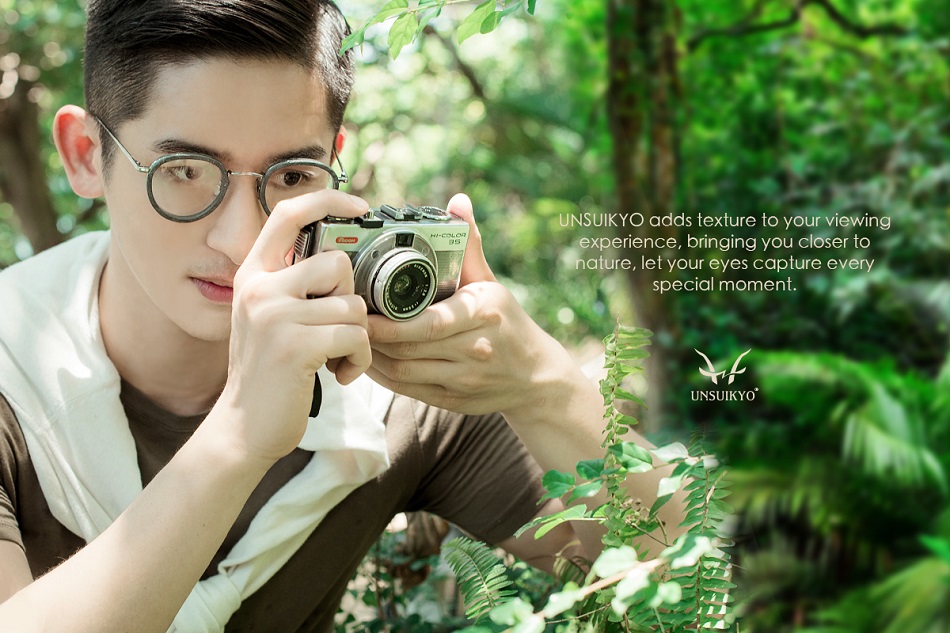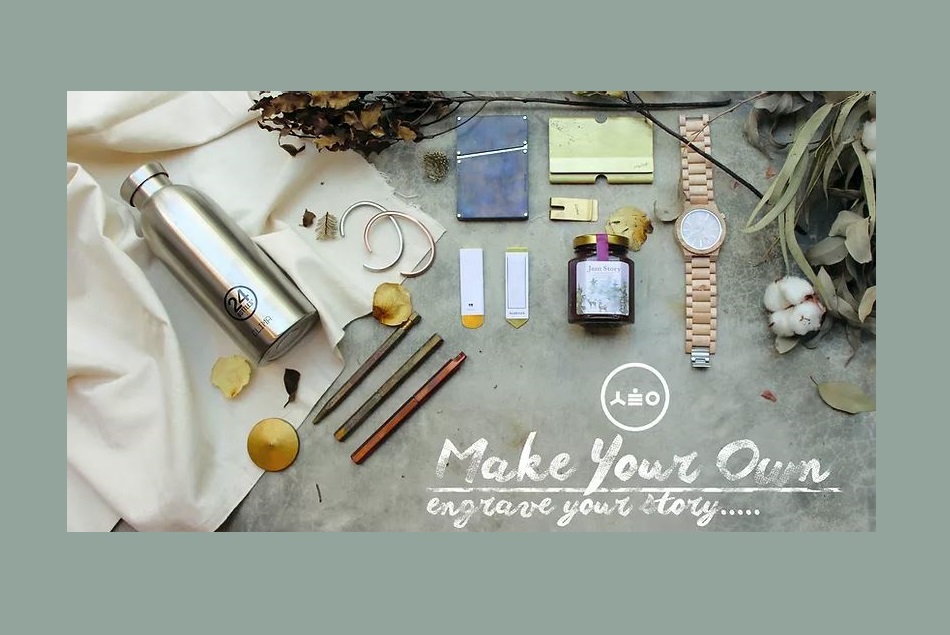PMQ Corner #19
Dress in Glamour
Classics Anew

Written by Kit Chan
Translated by v_p
Photos by Kit Chan
Roll out a piece of denim, cut out the patterns, sew the pleats, shoulders seams, collars, open seams…within hours, the bold, rock style fabric turns into an elegant piece of “qipao” (traditional Chinese dress).
That was the first qipao Janko made. It was for an upcycling design competition five years ago, with denim material collected from a garment company. She initially joined the completion for fun, using a modern approach to reinvent tradition, but the qipao won her a prize, opening up the world of Chinese dresses for her.
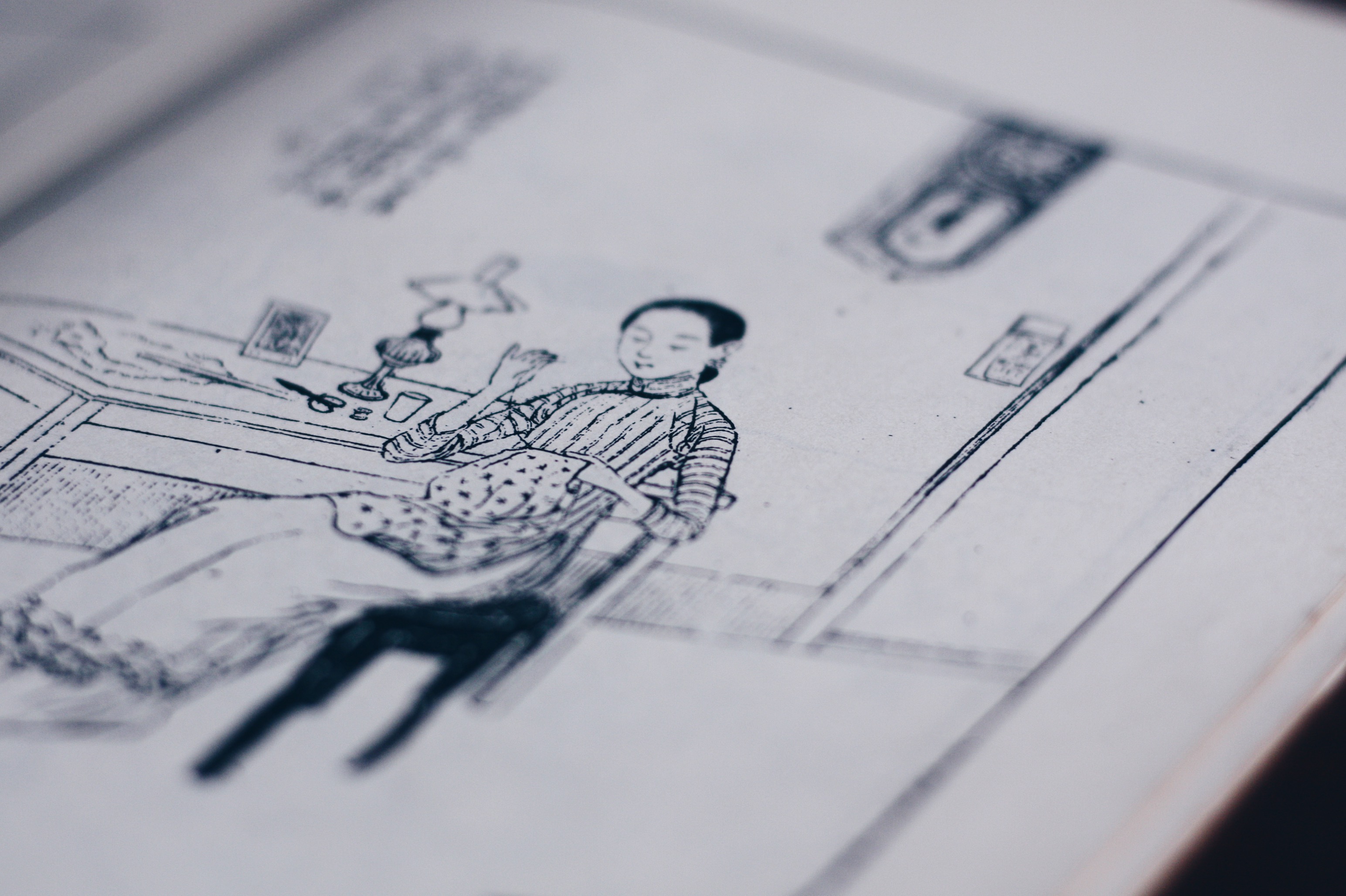
To prepare for the competition, she took a course at a tailors’ school and met Master Ka-Man Yan. Making qipaos for 60 years, Master Yan started as an apprentice when he came to Hong Kong in the 1950s. In those days, men wore “cheongsams” and women wore “qipaos.” Bespoke tailoring was a must, booming businesses for tailors all over the city.
Nowadays, there are only around ten tailors left in Hong Kong that specialize in Chinese dresses, and Master Yan is one of them. Much respected among his peers, he designs the qipaos worn by the contestants of the Miss Hong Kong Beauty Pageant every year.
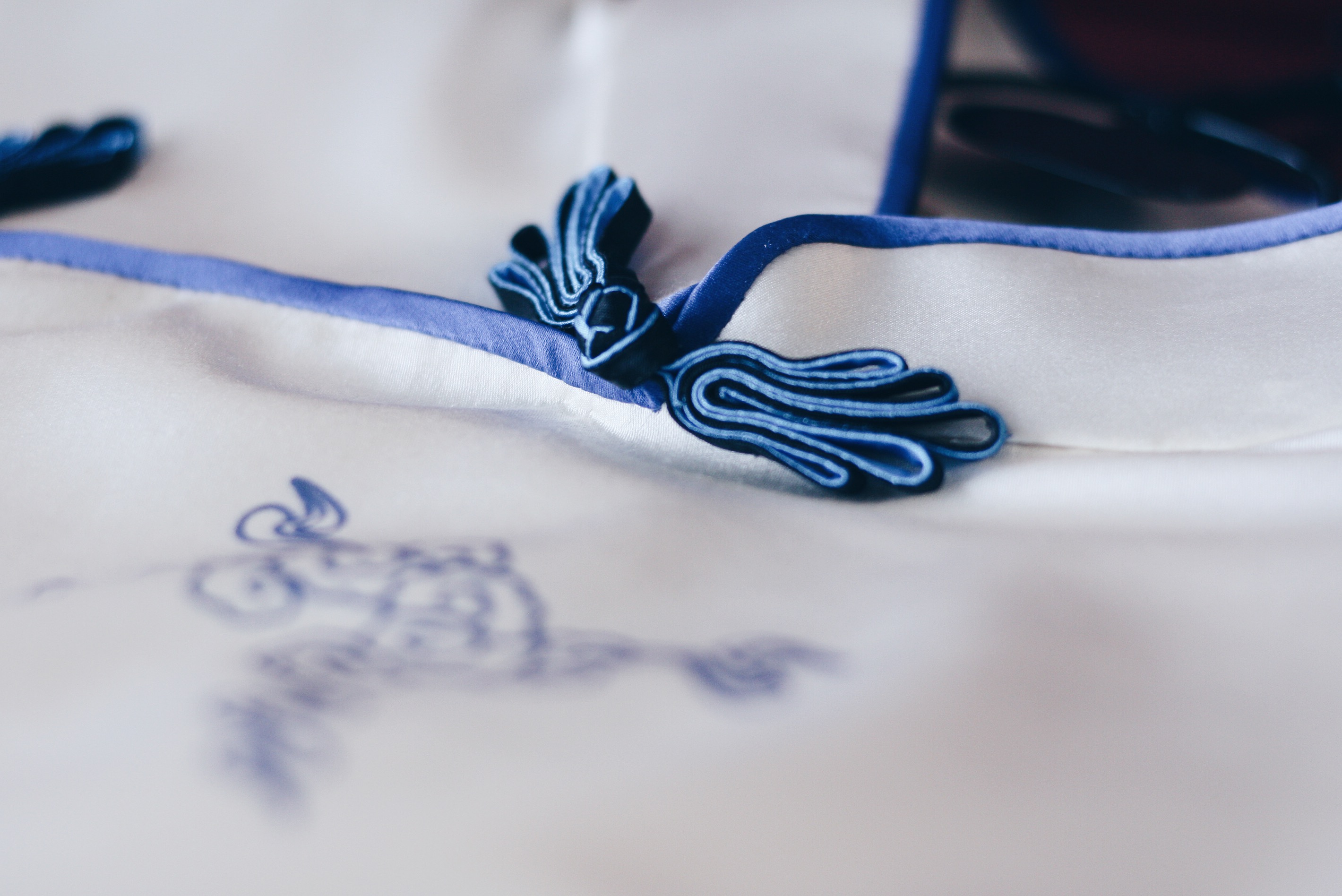
Master Yan was Janko's teacher for her one year course on Chinese dressmaking, but Janko was impatient and needed a crash course. “One year was way too long for me, I wanted to learn the techniques as soon as possible.”
So she took up the courage and asked Master Yan: would you teach me personally?
Soon, Janko became Master Yan's apprentice. She visited him once every week, in his little tailor shop located at a shabby arcade. She would be standing somewhere in the shop with her own tools, working on her project, while Master Yan’s worked by her side, occasionally checking on her progress, giving advice when necessary.
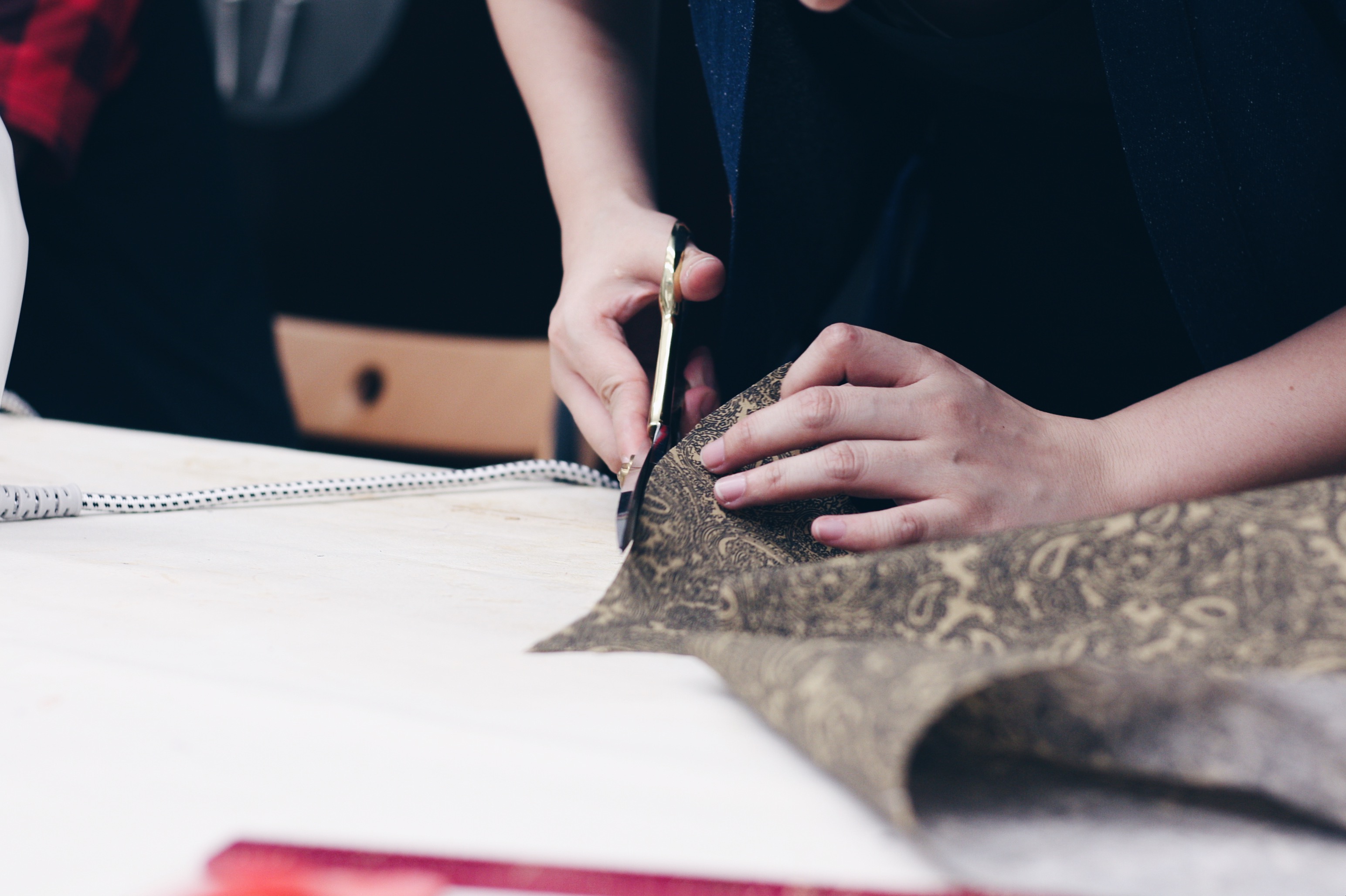
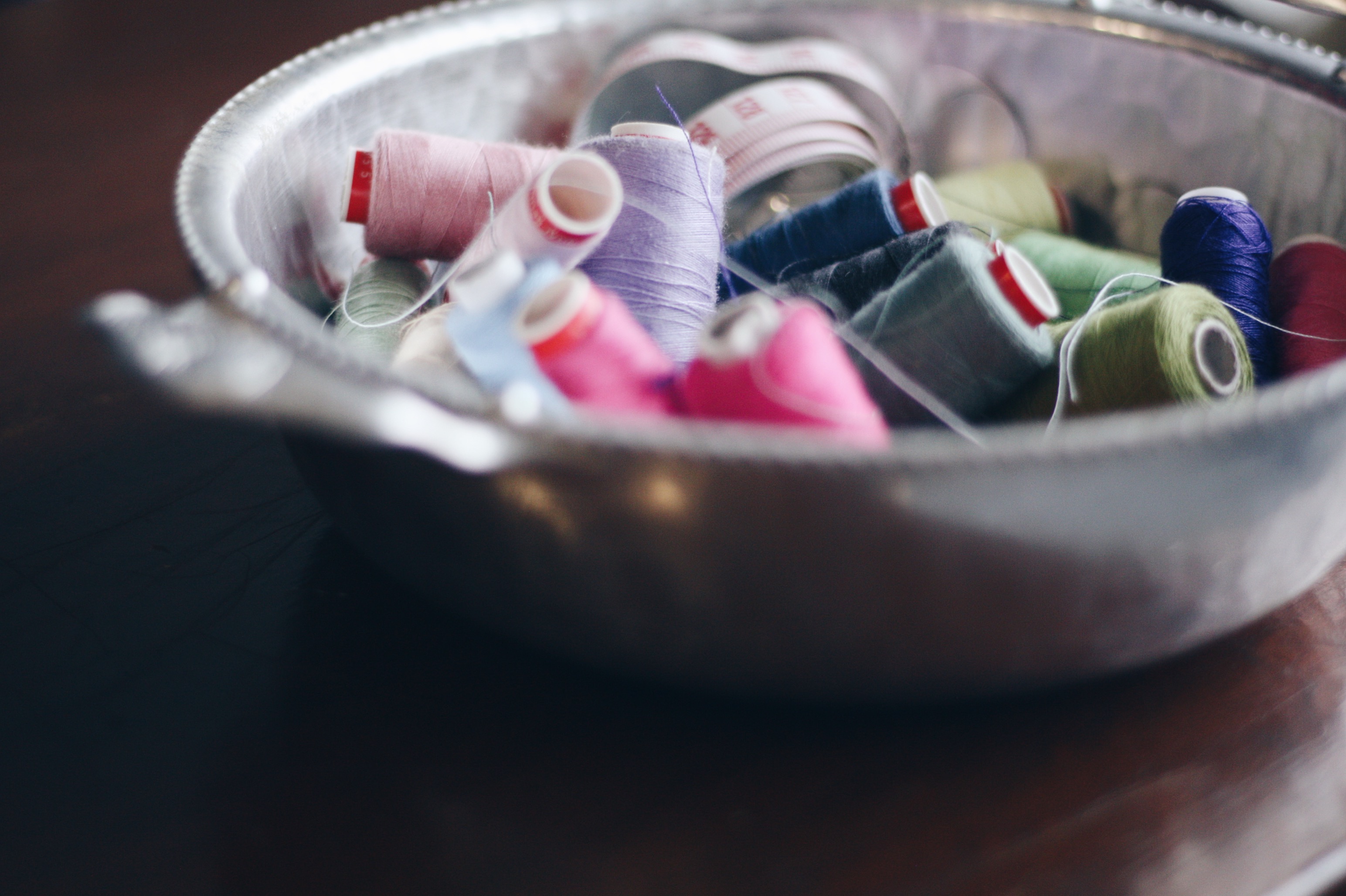
Their lessons were so casual because there are no rules in designing qipaos, it all depends on the figure of the customer. “Master Yan taught me to stay open minded and be flexible when making qipaos. For example, if the customer has a humped back, the shoulder seams has to be tightened up to make it fit.” Seams are crucial for a qipao to be fit, giving room for tailors to make alterations, which is most difficult to master.
"Master Yan often said Chinese dressmaking requires a knack which cannot be taught, you can only figure it out for yourself." Janko appreciates her master's acceptance of new approaches. "He would let me do whatever cutting or stitches I want to, as long as it looks good."
Everytime, efore they can start their lesson, Janko had to fix her teacher's bamboo ruler first. "He used the same ruler for so long, all the numbers engraved on it were gone, I have to write them back again one by one."
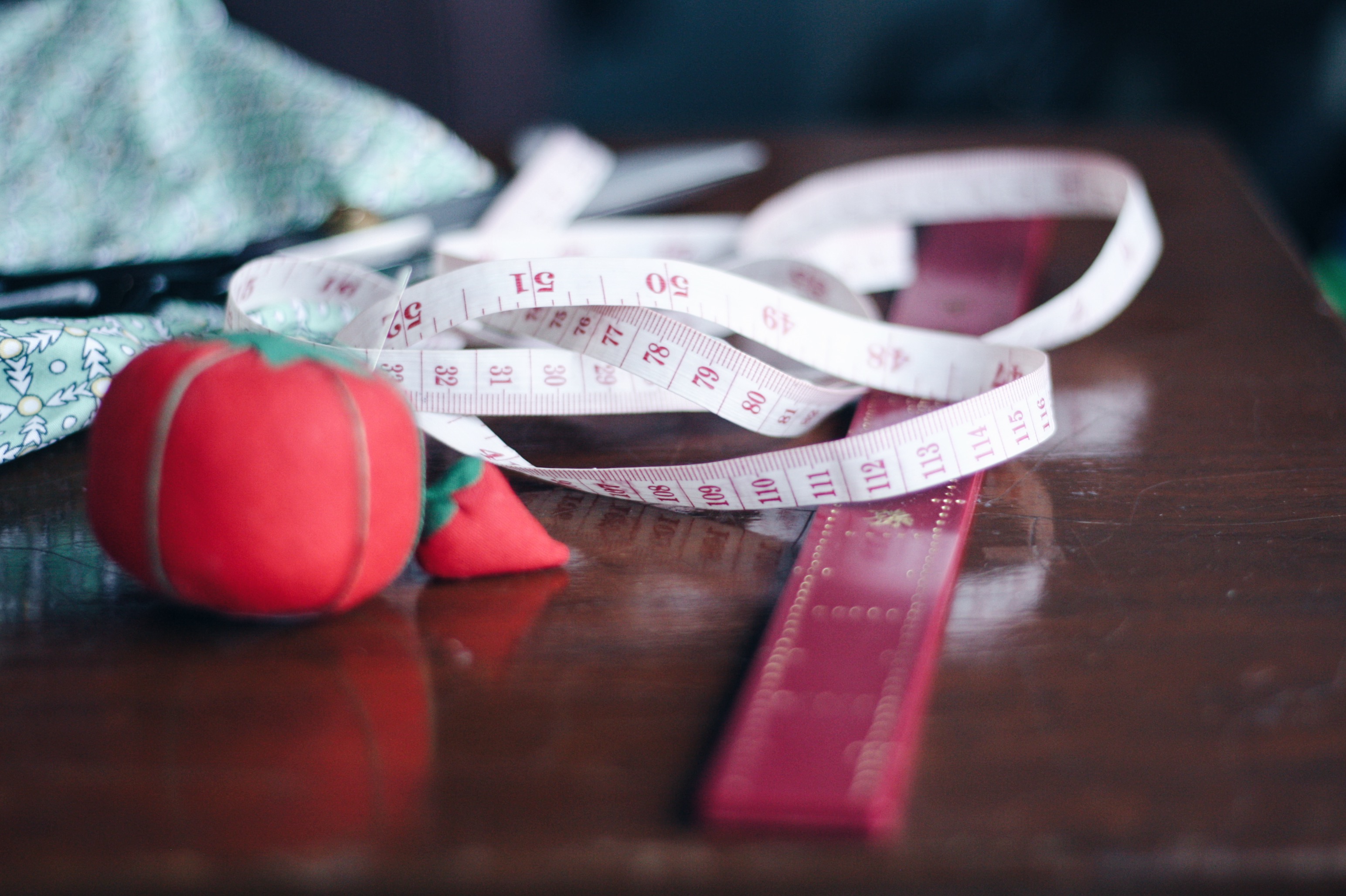
She also cleaned Master Yan's air conditioner, and regularly goes to yumcha with him, taking care of him like a daughter.
Janko said such gestures were nothing at all, compared to what Master Yan had been through when he was an apprentice. He had to cook for his teacher's family and take care of his children for three whole years, before he can even get hold of the garments. "In those days you can only learn by observation, every skill was learnt in a hard way."
Now it is much easier to learn Chinese dressmaking, however not many people are interested to learn, as the qipao is regarded as difficult to wear, old fashioned, and expensive.
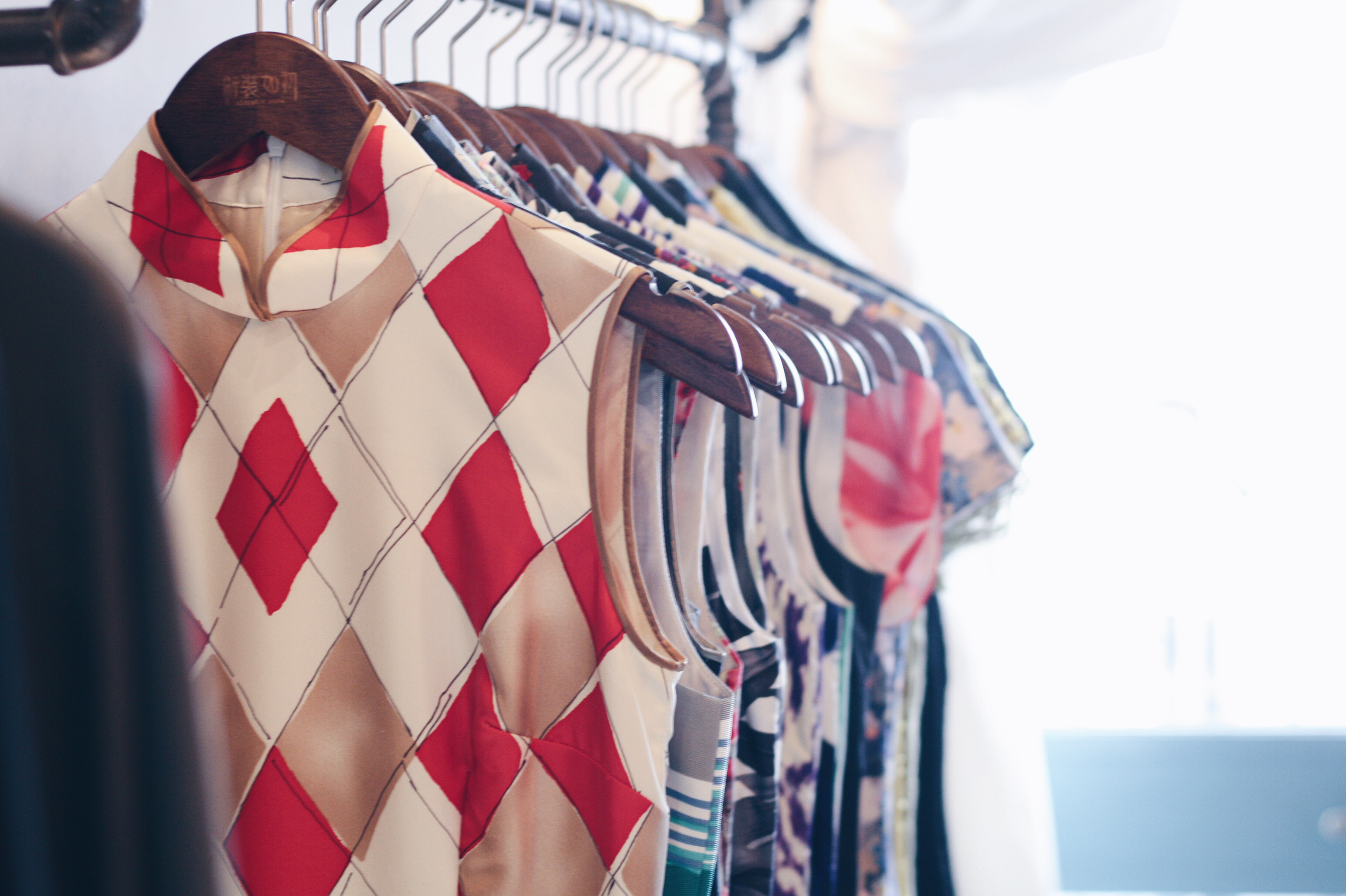
"If the Japanese can mix and match kimono with modern fashion, why can't we?" As a result, Janko established the brand Classics Anew, mixing new and old elements with a friendlier cutting, modernizing and reviving the qipao as a one piece dress, rather than a traditional costume.
Janko hopes that one day people will regard wearing the qipao as something normal, something you can wear everyday.
"That would make my master so proud," she said it in an affirmed tone.
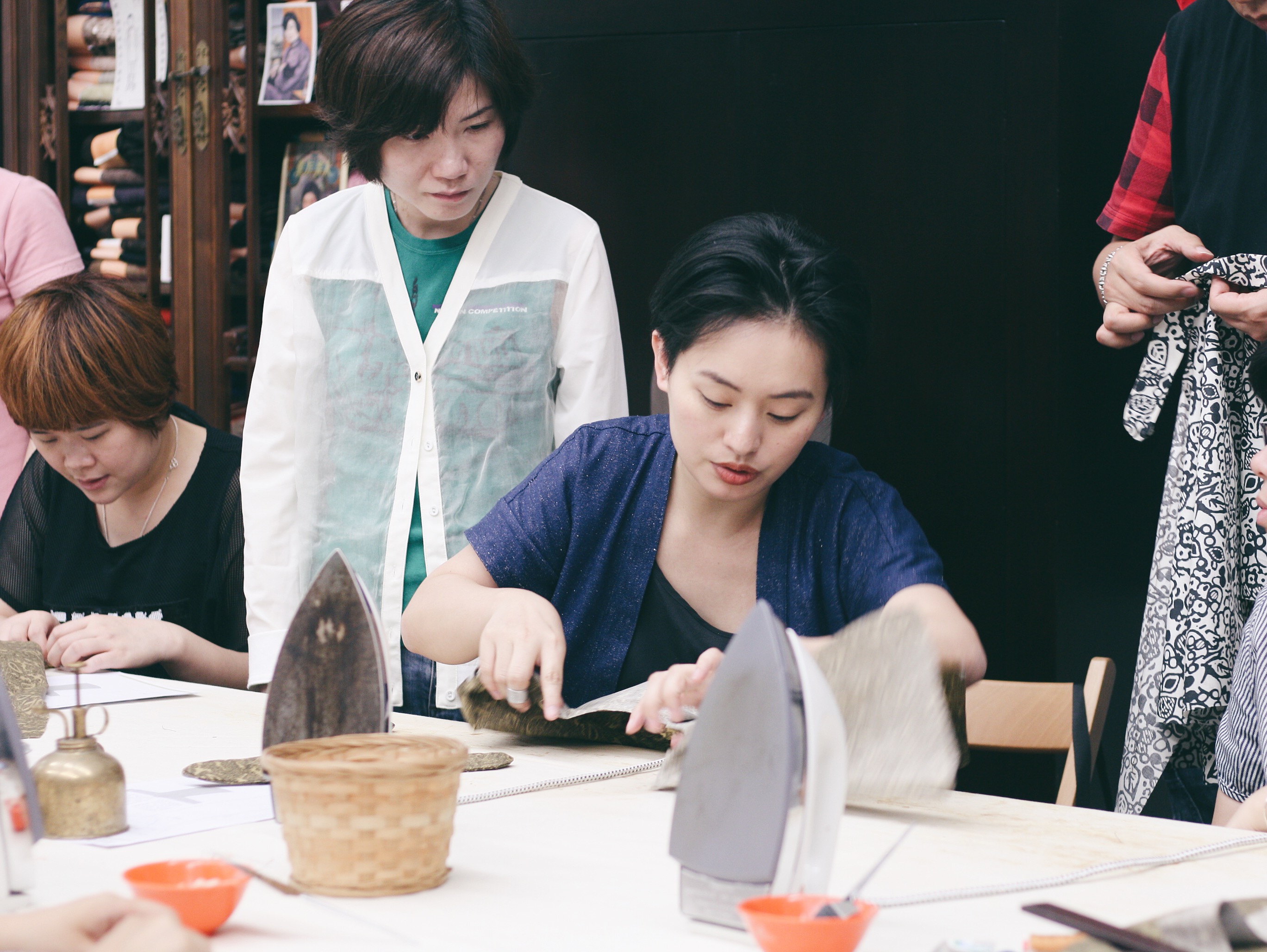
In addition, she is organizing an apprenticeship program this year, to recruit 30 participants who are interested and talented in Chinese dressmaking, who would then become trainees and later tutors for future workshops.
"I cannot guide them one on one, all I can do is give them a chance and let them be. I will teach them as much as I can, so more people can understand the art of dressmaking."
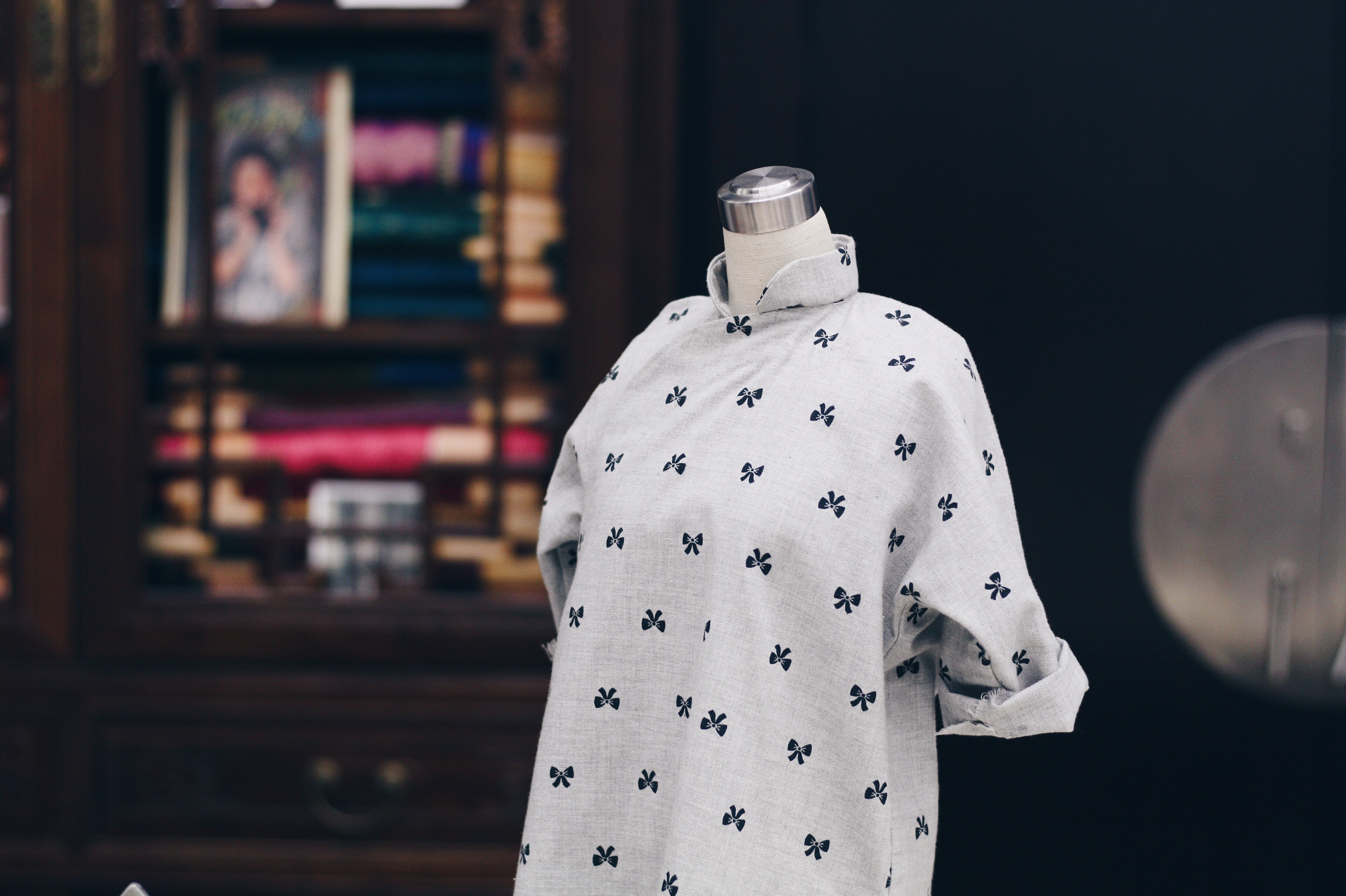
As Janko 's tai-chi master used to tell her: life is like a luggage, we should let others take something out from ours, as much as they can, as nothing could be brought to life's next journey anyway.
Behind the chic and glamour of the modern qipao are young hands that pass on the beauty of tradition from the masters.
Classics Anew
Address: Three Artisans, H407, 4/F, Hollywood, PMQ

